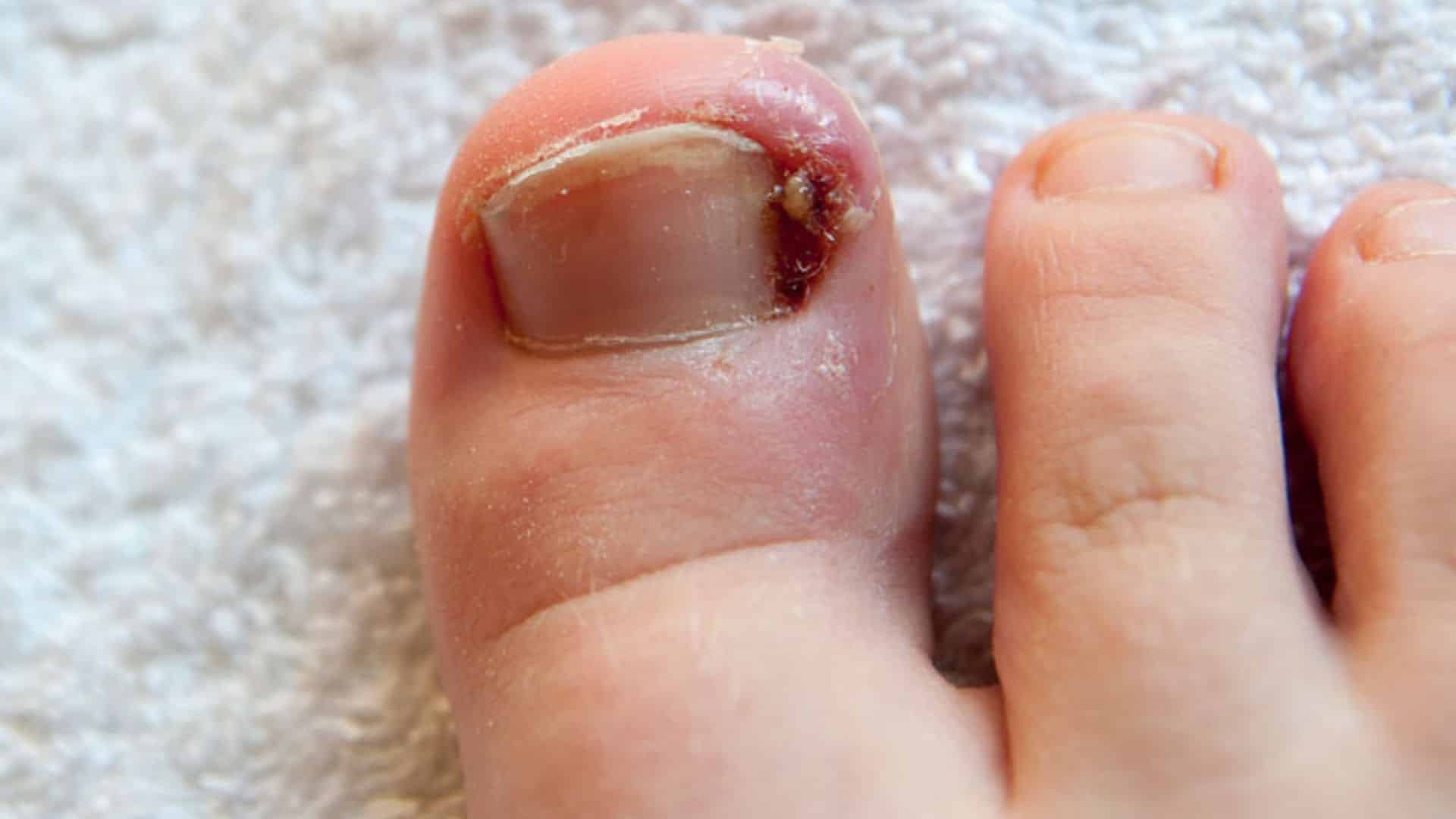Ingrown toenails occur when a nail spicule, or edge of the nail, pierces the skin and causes a bacterial infection.
They are a very common reason for people to visit a podiatrist, as they can be very painful and normally do not resolve without removal of the aggravating nail spicule or jagged edge.
Sometimes what feels like an ingrown toenail can often be caused by a callus or corn in the nail groove, which is best left to a podiatrist to remove.


